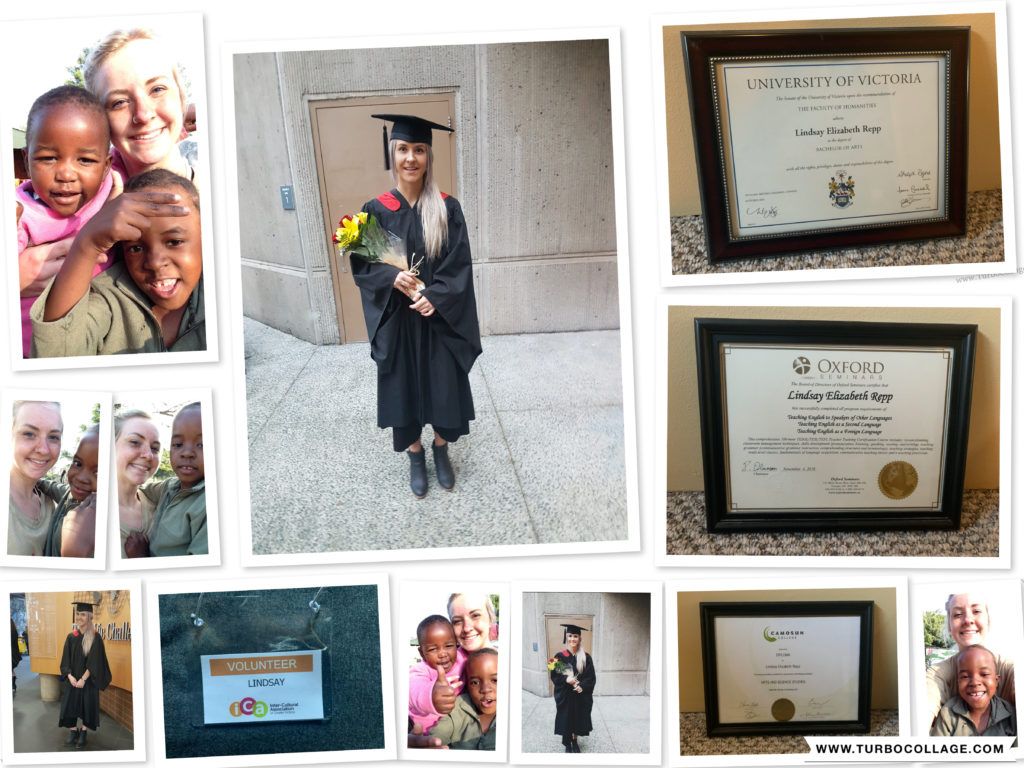My experiences in English Language Arts classrooms have been stimulating, inspiring, demanding, and rewarding all at once. I have always enjoyed my English classes, no matter what. I could have had the most boring teacher, or no friends in class at all, yet I still found myself enjoying it. Why was that? As ridiculous as it sounds for a teenager, I was there for the reading, the writing, and the learning. I had so much fun writing essays… I couldn’t get enough. University me is laughing at what were considered ‘essays’ in high school, though. 500 words? 600 words? Try 10,000-15,000, kid. I can write 500 words in my sleep now. But I still loved it. Every second of it. I remember the other students joking about how that hadn’t done the homework or the readings, like it was some kind of competition over who could do the least homework. Didn’t they care about college? I always wondered. Maybe they didn’t. I had one teacher, though. One teacher that changed it all for me. I have always aspired to be a teacher, but Mr. Smith [name has been changed for this essay] definitely cemented it in my future as something I knew I wanted to do. He was inspired. He always made sure to encourage all the students with praise, no matter their standing in the class. He understood everyone and respected all. Never made anyone feel like an outcast in class, as if what they had to say wasn’t important – in fact he did the complete opposite.

Constructivism is a valuable concept that will be introduced into my English Language Arts classroom. Constructivism highlights the development of knowledge and the creation of knowledge out of experiences (Manning-Lewis, 2020). In my own ELA class, my primary goal will be to help students learn how to express themselves. They should feel comfortable giving their input and sharing their stories. By doing this, they can even share their own perspective, perhaps allowing others to see things from their point of view as well. To build on this, one of the ‘Big Ideas’ on the BC curriculum website specifically states that “people understand text differently depending on their worldviews and perspectives.” A big part of constructivism is its emphasis on actively engaged learning, it is considered “learner centred” (Manning-Lewis, 2020). I want my students to actively participate by exploring their understanding of a topic, then build on this knowledge.
At the beginning of the semester, Mr. Smith would split the class into two ‘competing’ teams and kept tally of points gained for each team. You could win points for simple things, such as for giving meaningful input in class or actively contributing to the class conversation. This example of operant conditioning encouraged the whole class to participate and give their input in class. We never had a quiet day because everyone was just so motivated to speak up. At the end of the year the winning team simply got bragging rights. That’s it. But it still inspired us to be an active class, which is so critical. The feelings of pride and satisfaction the students felt were ones that they wanted to emulate; therefore, they continue the behaviour that is being rewarded. By integrating simple operant conditioning techniques into the classroom my students will be encouraged to repeat these good behaviours because of the positive feedback they will receive. As a future teacher, this is so important to me. I never want a quiet class. I want students that are excited to come to class every day, are excited to tell me about the book they just read, or just about their day. I can’t wait to have inspired conversations with my students like I had with Mr. Smith.

It is so important for your students to question everything, and to have something critical to say about everything that is covered in class. As the BC curriculum website says: “Questioning what we hear, read, and view contributes to our ability to be educated and engaged citizens.” In the philosophy of cognitivism, knowledge is constructed (Manning-Lewis, 2020). As a teacher, it is essential to ask your students questions to help them to navigate through their thinking and recognize where they may need assistance. When introducing new topics, it is advised that you draw upon any previous knowledge the students may have on the subject. This method is beneficial because it engages students by teaching them to make connections when learning new things, urging them to build on their prior knowledge (Manning-Lewis, 2020). The BC curriculum states that students should think critically by reflecting and analyzing the ideas of texts to construct meaningful personal connections between self, text, and world. Through the cognitive approach, students are encouraged to explore the material given and develop a deeper understanding of it. When students are able to explore topics of which they are interested in and feel a personal connection to, they are motivated to partake in classroom assignments and are therefore excited to learn.
These days there is no exclusive or correct way to teach, nor is there one specific teaching method that one must apply; teachers are experimenting with new techniques in the classroom every day. It is crucial to research and investigate different teaching methods to determine what is most effective for you and your class. The best approach to teaching a class is to incorporate different methods and resources into the classroom so that students have a better chance of comprehending the material. Because not all students learn in the same way, I will have to experiment and discover which method is best for my students and myself.
I think the biggest challenge as a teacher will be to keep students interested and engaged. By applying the methods and approaches above, I hope to prompt student engagement in my ELA classroom. My first priority will be to create lesson plans that make my students want to show up to my class and participate, rather than being unreceptive during classes and passively listening to me lecture at the front of the classroom. I want to build my lessons around active learning, ensuring that all my students are fully engaged in the class and the learning. Whether my students are working together or working independently, I will make the activities as interactive and captivating as I can. As long as I add in an assortment of learning techniques, movement in the classroom, and fun into their learning, my students will be more engaged in my process.
The collage below has pictures of my educational journey

References:
- “English Language Arts.” BC’s New Curriculum. Province of British Columbia, 2020, https://curriculum.gov.bc.ca/curriculum/english-language-arts. Accessed 5 October 2020.
- Manning-Lewis, Tanya. Learning Theories EDCI 747. September 2020, https://bright.uvic.ca. PowerPoint Presentation.

